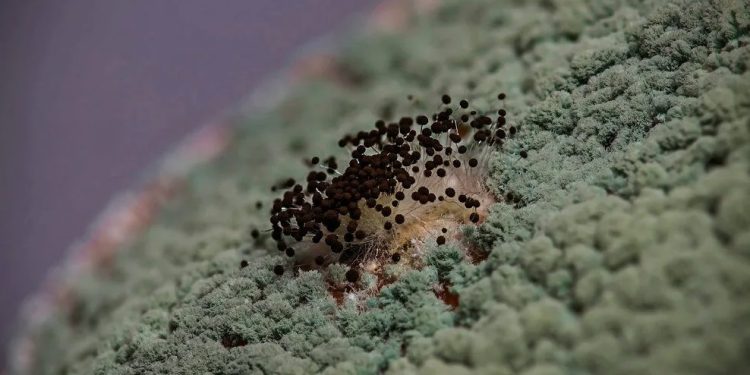#Trichoderma #biofertilizer #plantgrowthhormones #phosphatesolubilization #nutrientuptake #sustainableagriculture
Trichoderma, a versatile microorganism, has emerged as a promising tool in modern agriculture. Farmers, agronomists, agricultural engineers, and scientists are increasingly exploring its potential as a biofertilizer. Let’s delve into the latest data and findings to understand why Trichoderma is gaining traction in the agricultural community.
Trichoderma as a Growth Promoter
One of the key reasons behind the adoption of Trichoderma as a biofertilizer is its ability to stimulate the growth of various crop species. It is being considered as an alternative to chemical fertilizers or as a supplement to improve agricultural productivity. Here are some notable attributes that make it an attractive choice:
Production of Plant Growth Hormones and Volatile Compounds: Trichoderma has been found to produce plant growth hormones and volatile compounds that positively influence plant growth. This includes hormones like indole-3-acetic acid (IAA) and gibberellic acid, which are crucial for elongating plant roots and shoots.
Phosphate Solubilization: Phosphorus is a vital nutrient for plant growth, but its availability in soil can be limited, especially in acidic soils. Trichoderma species have the ability to solubilize phosphates, making them accessible to plants.
Enhanced Nutrient Uptake: Trichoderma plays a significant role in improving the uptake of both macro and micronutrients essential for plant growth. This enhancement contributes to better crop yields.
Production of Plant Growth Hormones and Volatile Compounds
Plant growth hormones, also known as phytohormones, are crucial for various plant processes, including growth, development, and stress responses. Trichoderma has been shown to promote the production of important growth hormones, such as indole-3-acetic acid (IAA) and gibberellic acid. These hormones are responsible for stimulating plant growth, particularly elongation of plant structures like roots and stems. Additionally, Trichoderma enhances seed germination rates and seedling vigor, providing a clear advantage to crops.
Phosphate Solubilization
Phosphorus is a critical nutrient for plant growth, but its availability to plants can be limited due to factors like soil acidity. Trichoderma species, including Trichoderma harzianum and Trichoderma reesei, have been identified as phosphate-solubilizing organisms. These microorganisms secrete enzymes known as phytases, which solubilize phosphate compounds, converting them into a form that plants can readily utilize. This process is particularly valuable in ensuring that crops receive an adequate supply of phosphorus.
Enhanced Nutrient Uptake
Efficient nutrient uptake by plants is essential for robust growth and high yields. Trichoderma has been reported to enhance nutrient uptake in crops, contributing to their overall health and productivity. Studies conducted with sugarcane, for example, have demonstrated increased levels of nitrogen, potassium, phosphorus, and organic carbon content following Trichoderma inoculation. Trichoderma’s ability to colonize plant roots provides a competitive advantage over other microorganisms, as it persists in the root system for an extended period. This prolonged presence ensures a sustained nutrient supply, a distinct advantage over chemical fertilizers, which deplete over time.
Trichoderma, as a biofertilizer, offers a sustainable approach to enhancing agricultural productivity. Its capacity to promote plant growth, solubilize phosphates, and improve nutrient uptake makes it a valuable addition to modern farming practices. Moreover, its environmentally friendly nature aligns with the principles of eco-friendly agriculture. As we strive for sustainable farming solutions, Trichoderma emerges as a promising ally in our pursuit of agricultural excellence.






